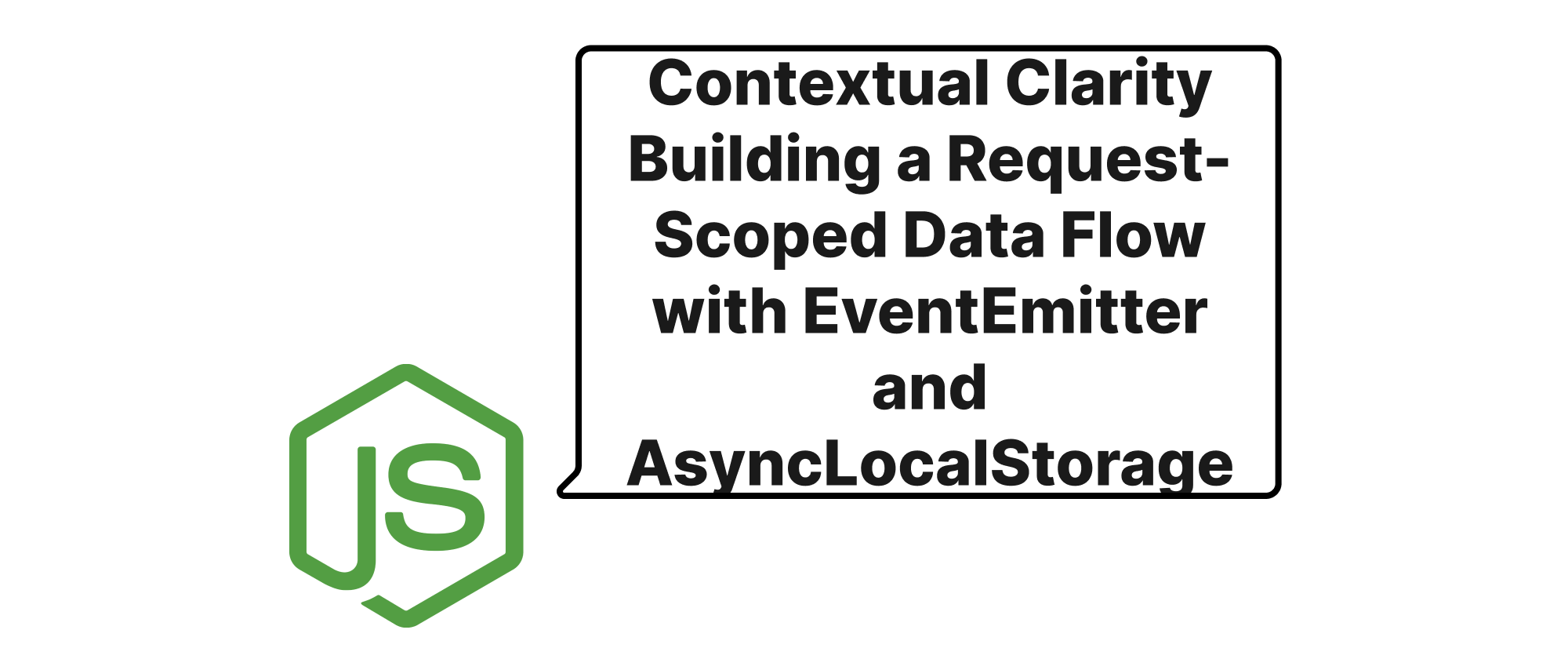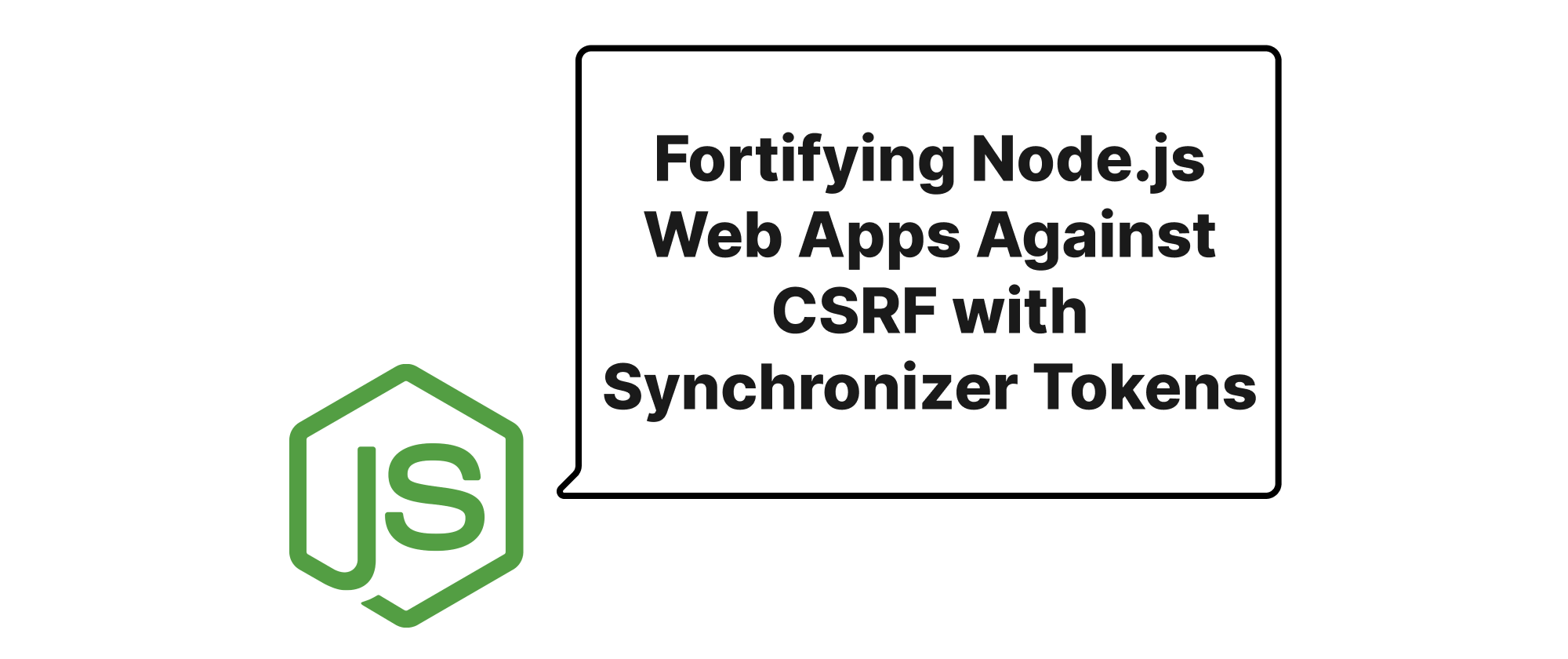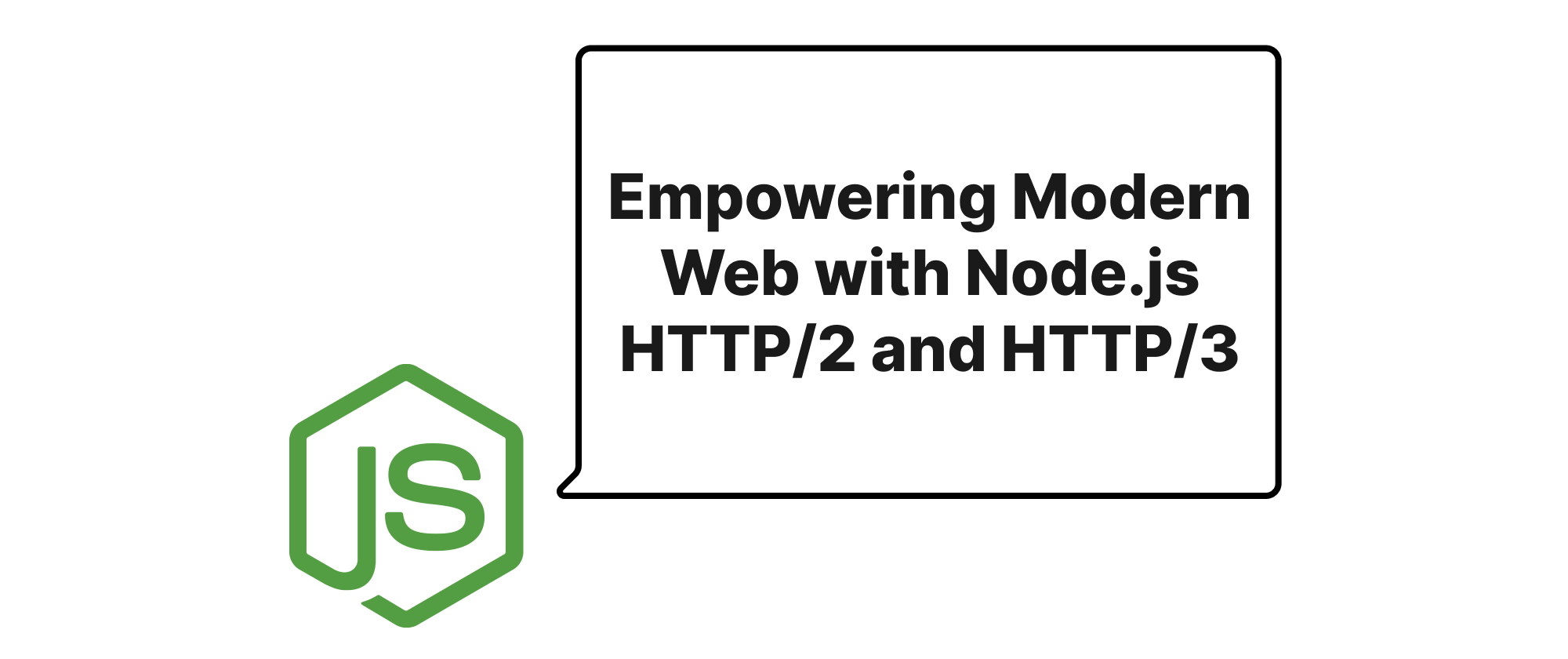Contextual Clarity Building a Request-Scoped Data Flow with EventEmitter and AsyncLocalStorage
Ethan Miller
Product Engineer · Leapcell

Introduction
In the intricate world of backend development, especially with Node.js, managing context across asynchronous operations within a single request is a perennial challenge. Imagine a web server handling multiple concurrent requests. Each request might involve numerous database calls, API integrations, and business logic executions, often occurring asynchronously. Providing meaningful logs, tracing user actions, or even applying request-specific configurations without explicitly passing parameters through every function call can become a nightmare. This explicit parameter drilling leads to boilerplate code, reduces readability, and increases the potential for errors. This article delves into how two powerful Node.js features, EventEmitter and AsyncLocalStorage, can be combined to establish a robust and elegant solution for passing request-scoped context seamlessly throughout your application's lifecycle, enhancing maintainability and observability.
Unpacking the Core Concepts
Before we dive into the solution, let's briefly introduce the foundational concepts that underpin our approach.
EventEmitter
EventEmitter is a core Node.js module that facilitates event-driven programming. It's an instance of the EventEmitter class that allows you to register listeners for named events and then emit those events. When an event is emitted, all registered listeners for that event are invoked synchronously. While commonly used for reactive programming within a single process, its strength lies in decoupling concerns: one part of your application can emit an event without knowing which other parts will listen or react to it.
AsyncLocalStorage
AsyncLocalStorage is a more recent addition to Node.js (available from Node.js v13.10.0 and v12.17.0 for LTS users). It provides a way to store and retrieve data that is local to an asynchronous context. This means you can "set" data at one point in an asynchronous flow, and then "get" that data later, anywhere within the same asynchronous execution chain, without explicitly passing it around. It leverages the underlying asynchronous "hooks" of Node.js to ensure that data remains associated with the correct logical "flow" or "request." This is incredibly powerful for maintaining context across callback-based or promise-based asynchronous operations.
Building a Request-Scoped Data Flow
Our goal is to inject request-specific data into an AsyncLocalStorage instance when a request begins and have that data accessible throughout the request's entire asynchronous execution, even across EventEmitter boundaries.
The Problem with Traditional Event Emission
Consider a scenario where you want to log a requestId with every event related to a specific HTTP request. If you emit events directly, listeners wouldn't automatically have access to the requestId unless it's explicitly passed as an event argument.
// app.js (simplified) const express = require('express'); const EventEmitter = require('events'); const app = express(); const myEmitter = new EventEmitter(); myEmitter.on('userAction', (requestId, action) => { console.log(`[Request: ${requestId}] User performed: ${action}`); }); app.get('/do-something', (req, res) => { const requestId = req.headers['x-request-id'] || 'no-id'; // ... perform some logic ... myEmitter.emit('userAction', requestId, 'viewed page'); // requestId must be passed res.send('Done'); }); // This approach forces requestId to be part of every event payload.
Leveraging AsyncLocalStorage for Implicit Context
Here's where AsyncLocalStorage shines. We can store the requestId in AsyncLocalStorage at the beginning of the request. Then, any code executed within that request's asynchronous context will be able to retrieve it.
// app.js const express = require('express'); const EventEmitter = require('events'); const { AsyncLocalStorage } = require('async_hooks'); const app = express(); const myEmitter = new EventEmitter(); const asyncLocalStorage = new AsyncLocalStorage(); // Middleware to initialize AsyncLocalStorage for each request app.use((req, res, next) => { const requestId = req.headers['x-request-id'] || `req-${Date.now()}`; asyncLocalStorage.run({ requestId }, () => { next(); }); }); // A service that uses the emitter and needs request context class MyService { doSomethingComplex() { const store = asyncLocalStorage.getStore(); const requestId = store ? store.requestId : 'unknown'; console.log(`[Service] Performing complex task for request: ${requestId}`); // Potentially emit an event myEmitter.emit('serviceAction', 'complex logic executed'); } } const myService = new MyService(); myEmitter.on('serviceAction', (action) => { const store = asyncLocalStorage.getStore(); const requestId = store ? store.requestId : 'unknown'; console.log(`[Request: ${requestId}] Service performed: ${action}`); }); app.get('/perform-service-action', (req, res) => { myService.doSomethingComplex(); res.send('Service action requested'); }); app.listen(3000, () => { console.log('Server listening on port 3000'); });
In this example:
- Middleware Setup: We have a middleware that intercepts every incoming request.
asyncLocalStorage.run(): Inside this middleware,asyncLocalStorage.run({ requestId }, () => { next(); })is crucial. It executes thenext()function (and all subsequent middleware and route handlers) within a new asynchronous context, attaching the{ requestId }object to it.- Context in
MyService: WhenmyService.doSomethingComplex()is called within the context of the request,asyncLocalStorage.getStore()successfully retrieves therequestIdthat was set by the middleware. - Context in
EventEmitterListener: Even when an event like'serviceAction'is emitted and its listener is invoked,asyncLocalStorage.getStore()still provides access to the correctrequestId. This demonstrates howAsyncLocalStoragemaintains context across the asynchronous boundary introduced by the event emission and listener execution.
This pattern allows components like MyService or EventEmitter listeners to access request-specific information without explicitly receiving it as an argument, significantly cleaning up function signatures and promoting better separation of concerns.
Advanced Application: Enhanced Logging or Tracing
Consider expanding this for a more robust logging solution:
// logger.js const { AsyncLocalStorage } = require('async_hooks'); const asyncLocalStorage = new AsyncLocalStorage(); function getContextualLogger() { const store = asyncLocalStorage.getStore(); const requestId = store ? store.requestId : 'N/A'; const userId = store ? store.userId : 'anonymous'; return (level, message, ...args) => { console.log(`[${new Date().toISOString()}] [${requestId}] [User:${userId}] [${level.toUpperCase()}] ${message}`, ...args); }; } // app.js (modified) // ... (previous setup for express, emitter, and asyncLocalStorage) ... // Use a custom logger based on current context const log = getContextualLogger(); app.use((req, res, next) => { const requestId = req.headers['x-request-id'] || `req-${Date.now()}`; const userId = req.headers['x-user-id'] || 'guest'; // Example for user identification asyncLocalStorage.run({ requestId, userId }, () => { log('info', `Incoming request: ${req.method} ${req.url}`); next(); }); }); myEmitter.on('dataProcessed', (data) => { log('debug', `Processed new data:`, data); }); app.post('/process-data', (req, res) => { log('info', 'Starting data processing...'); // Simulate async operation setTimeout(() => { const processedData = { /* ... */ }; myEmitter.emit('dataProcessed', processedData); log('info', 'Data processing complete.'); res.json({ status: 'success', data: processedData }); }, 100); });
Now, every log message produced via getContextualLogger() will automatically include the requestId and userId specific to the current request, making debugging and tracing far more efficient.
Conclusion
Combining Node.js EventEmitter with AsyncLocalStorage offers a powerful and elegant pattern for managing request-scoped context across complex asynchronous flows. AsyncLocalStorage frees us from the burden of explicit parameter passing, while EventEmitter continues to provide a flexible architecture for decoupled event handling. This synergy leads to cleaner, more maintainable codebases by implicitly enhancing observability and context awareness throughout your application's lifecycle, ensuring that every operation is understood within its correct request boundary.


